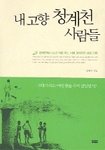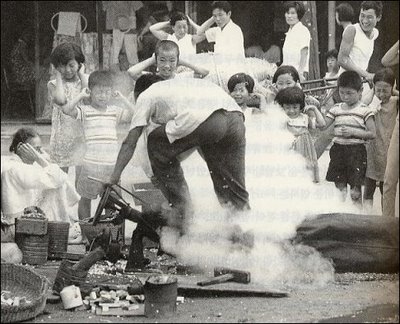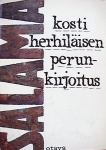North and south of the river, and Cheonggyecheon
| There's been some time since this was reported in Ohmynews, but it's been waiting for its turn in my to-be-blogged bookmarks. An Our Open Party (열린 우리당) lawmaker had requested a survey on the Seoulites' opinion on the divide between the northern and southern parts (Kangbuk/Gangbuk and Kangnam/Gangnam) of the city. Not surprisingly, it was found out that the opinion of the divide is that it is wide. • 70% of the respondents (59% in the south, 73% in the north) thought that the divide is severe (simgakhada). Biggest reasons thought as the reasons for the divide were "economic power resulting from housing prices" and "public and private educational facilities." (By the way, how was the "Gangnam area" [강남권] defined in this survey? Looking at these figures, much less than half of the respondents were from there. But being a survey requested by the government party, the results should not be likely to go against the attempts to lessen the divide between the two halves of the city.) • It was also found out that the Gangnam residents more than Gangbuk residents were against the transfer of the land tax from local to national taxation. • Degree of satisfaction with one's place of residence: satisfied residents Gangnam 86%, Gangbuk 68%, Gangseo (江西 West of river) 64%; (It should be noted that while Gangnam literally means roughly a half of the city south of the Han River, in administrative terms Gangnam-gu is just one of the 25 gu's (區) in Seoul, and in sociocultural terms as a symbol of wealth, good educational conditions and outrageously expensive apartment houses it comprises certain areas of the Southeastern Seoul. Nan'gok, the hillside settlement in Sillim-dong, was also "south of the river.") Another thing: while there's no reason to criticize the measures to alleviate the real and perceived divides between the halves of Seoul, it also occurs to me that perhaps part of the government party's interest in the Gangnam area comes from it being the brainchild of Park Chung-hee's bulldozing development in the 1960s and 1970s.  And now to the heart of the northern part of Seoul, or to the very heart of the historical Seoul. Ohmynews introduces a memoir-kind of a book about growing up at Cheonggyecheon by journalist Son Kwang-sik: 내 고향 청계천 사람들 ("People of Cheonggyecheon, my homeplace"). He describes the reason to write the book as follows: And now to the heart of the northern part of Seoul, or to the very heart of the historical Seoul. Ohmynews introduces a memoir-kind of a book about growing up at Cheonggyecheon by journalist Son Kwang-sik: 내 고향 청계천 사람들 ("People of Cheonggyecheon, my homeplace"). He describes the reason to write the book as follows:손광식은 프롤로그에서 "우리 60대의 인생은 그야말로 소설"이라며 "청계천이라는 특정 지역을 중심으로 한 서민의 삶을 기록으로 남기고 싶었다"고 말한다. 왜냐하면 청계천에는 그 어느 곳보다 다양한 직업을 가진 사람들이 살았고, "그들의 애환 속에는 시대상과 사회상"이 스며 있기 때문이다.  • Here are some pictures at the Seoul city site from Cheonggyecheon in the 1960s by the Japanese photographer Kuwabara Sisei before it was fully covered by concrete. Perhaps something to feel nostalgic about now that very few have to live in places like that. Categories at del.icio.us/hunjang: urbanspace ∙ Seoul ∙ socialcategories ∙ stratification |


Comments to note "North and south of the river, and Cheonggyecheon" (Comments to posts older than 14 days are moderated)
Write a Comment